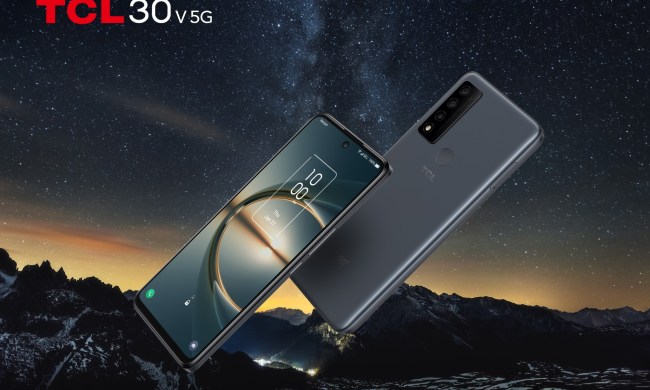
An experimental, solar-powered drone capable of beaming internet down to Earth is set to take off. The drone, called the Hawk 30, is the product of a tightlipped partnership between Softbank and AeroVironment, an American aerospace company. The joint venture is aimed at delivering 5G and Internet of Things connectivity from the skies.
An agreement signed between NASA and the two companies in November suggests that the Hawk 30 could take off from California’s Armstrong Flight Research Center as early as this week, reports IEEE Spectrum. The agreement entails a series of test flights of up to about 1.86 miles during the next three months.
Featuring a single prominent “flying one,” the Hawk 30 is designed like many of the other high-flying solar drones that AeroVironment has built for NASA over the past couple decades. Ten electric engines will carry the drone to an operational altitude of about 12.5 miles, according to filings with the Federal Aviation Administration and the Securities and Exchange Commission.
AeroVironment first started building high-altitude, long endurance (HALE) aircraft for NASA over 20 years ago. From 1997, the NASA’s Environmental Research Aircraft and Sensor Technology program funded three solar- and fuel-cell powered drones from AeroVironment. That partnership culminated in the Helios Prototype (picture above), a lightweight drone that in 2001 reached an altitude of 18.5 miles, which remains the record for a winged aircraft. Two years later, the drone broke up in mid-flight and came crashing into the Pacific.
In 2010, a Pentagon project saw AeroVironment develop another HALE drone to carry payloads of surveillance and communications systems. This aircraft also crashed in 2011.
More recently, companies like Google and Facebook have launched high-altitude, solar-powered aircraft with the promise to beam internet to remote regions around the world. However, both companies eventually scrapped their drone plans. Google’s parent company, Alphabet, has continued its enterprise with Loon, a project to deliver internet via high-altitude balloons.
AeroVironment appears undeterred by its past losses, creating a joint venture called HAPSMobile (HAPS is short for “high altitude, pseudo-satellite”) with Softbank in January 2018. Details of the project remain scarce.
Meanwhile, companies like Boeing and Airbus are working to develop their own HALE internet drones called Odysseus and Zephyr, respectively.


